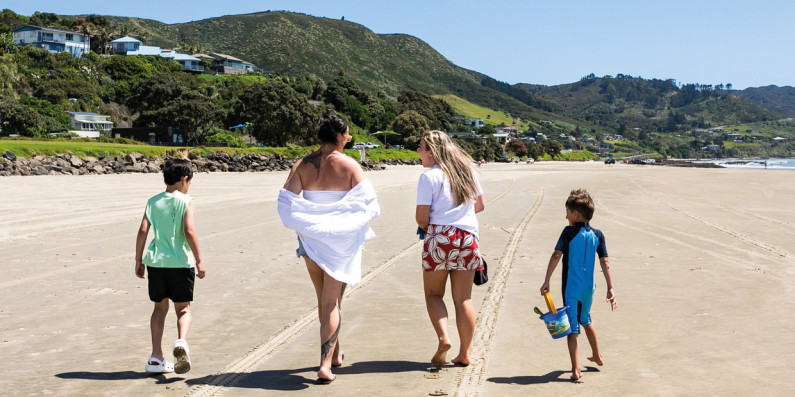
Our environment 2025
Our environment 2025 is the Ministry for the Environment and Stats NZ’s latest three-yearly update on the state of New Zealand’s environment.
The report shows that the way New Zealanders choose to live is continuing to have a significant impact on the environment, affecting our health, quality of life, homes and livelihoods in both positive and negative ways, a major report on the environment shows.